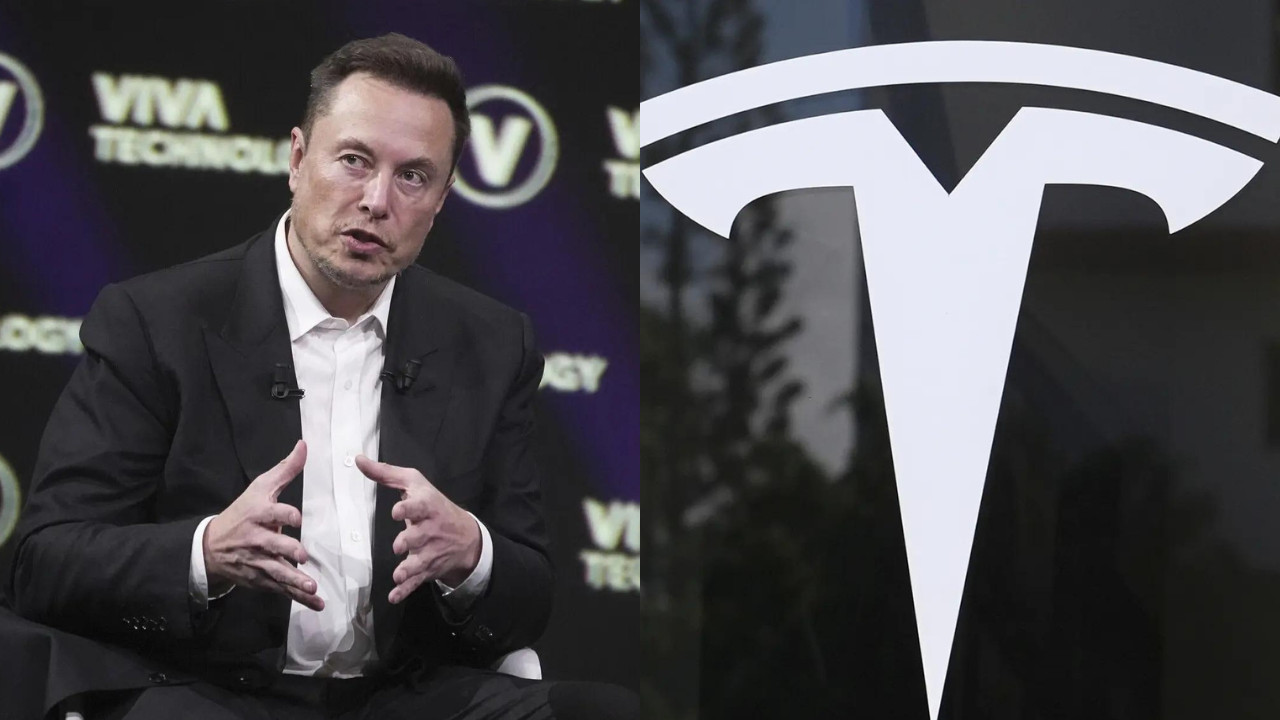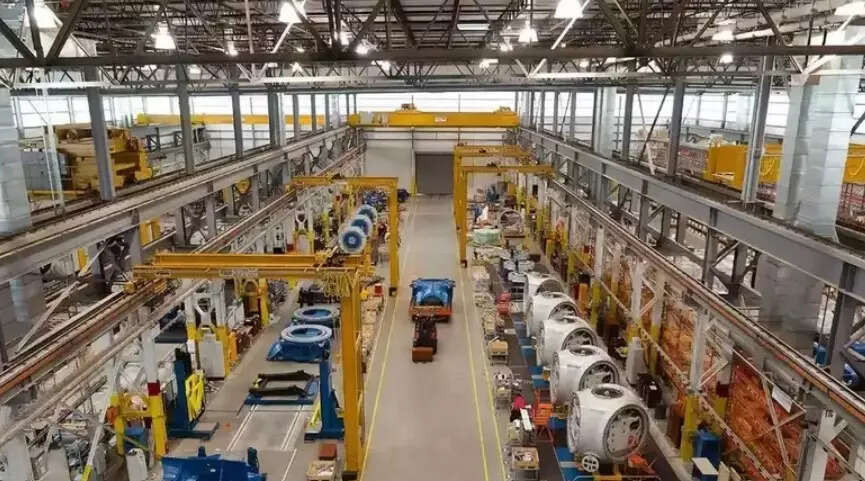Chenab Bridge: A Steel Colossus Bending the Very Notion of “Impossible”
Okay, let’s be honest. When I first saw pictures of the Chenab Bridge, perched ridiculously high above a raging river in the Himalayas, my initial reaction was something along the lines of: “Are you kidding me?” It looked like something straight out of a fantastical movie, a defying monument, not something actually built by human hands. And yet, here we are, on the cusp of it becoming operational, promising to reshape travel and connectivity in a region that desperately needs it.
The Chenab Bridge, part of the Udhampur-Srinagar-Baramulla Rail Link (USBRL) project, isn’t just another bridge. Calling it a bridge feels almost… reductive. It’s more like an act of engineering audacity, a statement that India is serious about overcoming geographical challenges to connect its people. You’re talking about the highest railway arch bridge in the world, soaring a staggering 359 meters (almost 1,200 feet!) above the Chenab River. That’s taller than the Eiffel Tower! Let that sink in.
What’s truly fascinating is the sheer scale of the undertaking. We’re not talking about some simple Lego structure here. The bridge is constructed from a whopping 28,660 tonnes of steel. Imagine the logistics! Picture the precision required to assemble it, piece by piece, in a region known for its challenging terrain and unpredictable weather. It’s a testament to the dedication and skill of the engineers and workers involved. Hats off to them.
Beyond the raw numbers, though, lies the human story. The USBRL project itself is more than just laying tracks and building bridges. It’s about connecting communities, fostering economic growth, and bringing a sense of normalcy and opportunity to a region that has often been isolated. For locals in the Kashmir Valley, this railway line represents a lifeline, a promise of easier access to markets, education, and healthcare.
And then there’s the sheer beauty of the landscape. Imagine riding on a train across this bridge, the snow-capped Himalayas stretching out on either side, the Chenab River swirling far below. It’s a journey I already know I want to be on. The tourism potential alone is enormous, and I can foresee the Chenab Bridge becoming an iconic landmark, attracting visitors from all over the world, who are just as amazed at the bridge as they are by the beauty of the surroundings.
Of course, building something like this isn’t without its challenges. The region is prone to earthquakes and extreme temperatures. This means the bridge had to be designed to withstand not only heavy train loads but also seismic activity and high-speed winds. The engineers used sophisticated computer modeling and rigorous testing to ensure the bridge’s structural integrity. They even designed it to withstand temperatures as low as -20 degrees Celsius and winds of up to 266 kilometers per hour. Pretty impressive, right?
The bridge is built using a unique concrete-filled steel arch design. This allowed the engineers to reduce the amount of steel needed while still maintaining the bridge’s strength and stability. This innovative design also made the construction process more efficient.
There are some who have questioned the cost and the feasibility of this project. Building in such a remote and challenging location is undeniably expensive. But I would argue that the long-term benefits – the improved connectivity, the economic opportunities, the sheer symbolic value – outweigh the financial costs.
The Chenab Bridge, in my view, is a symbol of hope and resilience. It represents the power of human ingenuity to overcome seemingly insurmountable obstacles. It’s a reminder that even in the most challenging environments, we can build infrastructure that connects people, promotes progress, and inspires awe. The inauguration of this bridge will mark not just an engineering achievement but a significant milestone in the development of the region. So, while the complexities of this area and the project have been many, and, for some, there are still doubts, I choose to remain optimistic about the positive change and impact this steel colossus will bring. It’s a bridge to a brighter future, quite literally.
📬 Stay informed — follow us for more insightful updates!







